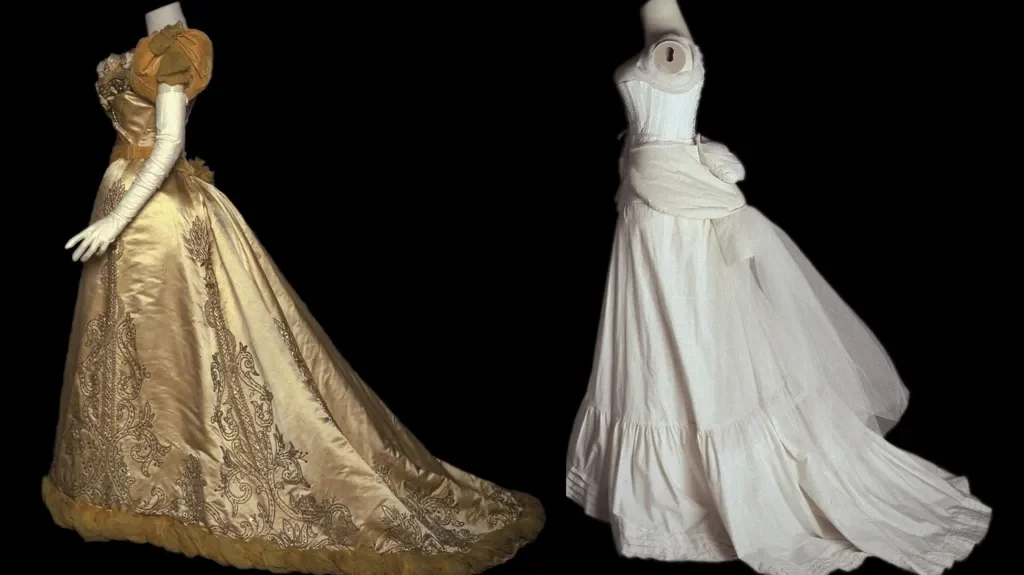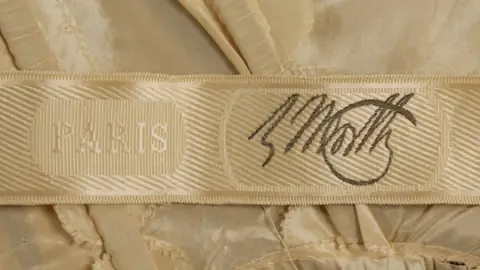Fashion
‘He shaped the fashion industry we know today’
He is known as the “father of haute couture” and one of the most important pioneers of the worldwide fashion industry. Charles Frederick Worth is credited with introducing live models, inventing the fashion collection and putting labels into clothes.
Born into humble beginnings in the small town of Bourne, Lincolnshire, he revolutionised women’s fashion and amassed a personal fortune as the designer of choice for royalty and celebrities, paving the way for iconic names such as Christian Dior, Yves Saint Laurent and Coco Chanel.
His home town is now preparing to celebrate the 200th anniversary of his birth.
“He became the first designer of stature and the first to be regarded as the arbiter of fashion and style who shaped the fashion industry we know today,” says Prof Amy De La Haye, curator at the London College of Fashion and co-author of The House of Worth, Portrait of an Archive.
“For a time he was the world’s most famous and prestigious designer.”
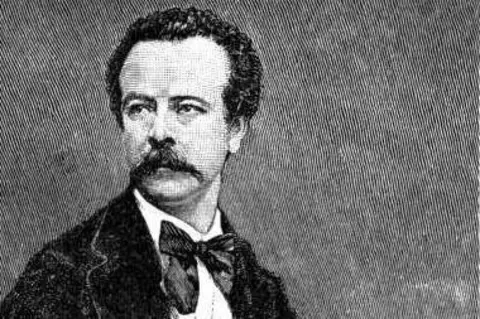
Among the figures who flocked to his salon were Queen Victoria and Empress Eugenie, the wife of Napoleon III of France, along with leading actresses and singers such as Lillie Langtry and Nellie Melba.
The name of Worth became a byword for luxury as he and his staff of more than 1,000 laboured to transform the fashion industry.
Yet his beginnings could never have hinted at his extraordinary journey.
Born in October 1825, Worth was just 11 when he was sent out to work after his father, a solicitor, lost all the family money and fled the home.
While working for Jemima Todd, who owned a haberdashery, he was said to have “trimmed bonnets to make the ladies of Bourne smile”, according to Jeni Ashwood, a local history enthusiast.
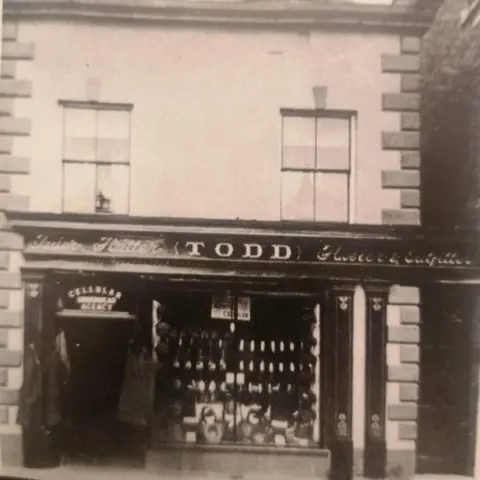
After a year there, he went to London to work in textiles, but it was his move to Paris, aged 21, that eventually led him to open his own salon, with the help of a business partner, in 1858.
The House of Worth was born.
Two years later, Worth enlisted an “influencer” – a woman inside the royal court of Napoleon III – to wear his dresses, in the hope of bringing his work to the attention of the titled and wealthy.
So impressed was Empress Eugenie that she insisted on meeting Worth the following day. He became her designer and was propelled to the top of the Paris fashion world.
“When she endorsed Worth, his future was secure in the same way that royal patronage can have that impact on a designer today,” Prof De La Haye says.
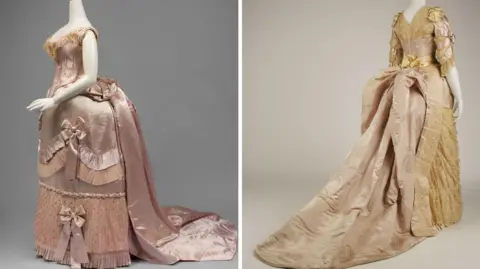
As his fame grew, so did his influence upon the industry.
“He was one of, if not the first, designer to design collections in advance of showing a client,” says Prof De La Haye.
He revolutionised the way clothes were shown to clients with the use of live models, and he was the first to sew labels into his creations, creating the clothing label.
What’s more, he turned the designer from the role of servant to the rich and famous, to someone his clients would look up to as the expert who told them what they should be wearing.
Some even credit Worth with the invention of the bustle, “which changed women’s styles and silhouettes the world over”, says Ms Ashwood.
Full skirts made everyday tasks, such as going through doors, difficult, and Worth is believed to have been the first to gather the fabric at the back.
Over the decades, the House of Worth grew from 50 staff to more than 1,000.
“His real genius was for marketing,” says Olivia Worth van HoegaErden, his second generation great-granddaughter. “Even duchesses would curtsy in front of him; he was kind of an emperor.”
By then he was the world’s most famous designer. “American clients came on ships to be fitted at his house and he took their measurements and made wardrobes that were sent on the luxury liners to New York and other areas of America,” adds Prof De La Haye.
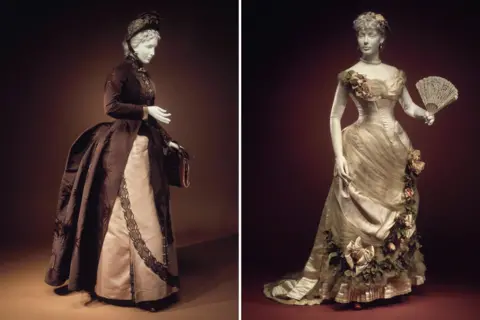
Worth died in Paris in 1895 and the business passed into the hands of his sons. It is “almost certain” that some House of Worth outfits went down with the Titanic when it sank in 1912, Prof De La Haye says.
The fashion house continued for three generations until the retirement of his great-grandson, Roger, in 1952.
Beatrice, the mother of British fashion designer Dame Zandra Rhodes, worked as a pattern cutter at the House of Worth in the 1930s.
Dame Zandra says Worth was one of “the initial soldiers” of fashion “preparing the way for us all”.
Ms Worth van HoegaErden says: “I’m so proud that he left a legacy for all dressmakers, but he also left descendants that succeeded him in the business for several generations.”
Descendants of Worth are hoping to meet at an exhibition celebrating his achievements, which will be held at the Petit Palais museum, in Paris, between May and September.
The former haberdashery where he trimmed bonnets is now a building society.
Staff from Wake House, along with other enthusiasts from Bourne, are planning a weekend of celebrations to mark the bicentenary of his birth in October.
Ms Ashwood says it will include lectures and a display of Worth artefacts.
“We may even put on some costumes from the period and parade down the street,” she adds.
Information source: bbc.com


